EMERGENCY TOWING SERVICE: 585-865-8159
FAX: 585-227-7361
Our shop is equipped with state-of-the-art frame machines, paint booths, and color match professionals to assure you get your vehicle in the same if not better condition it was prior to your accident.
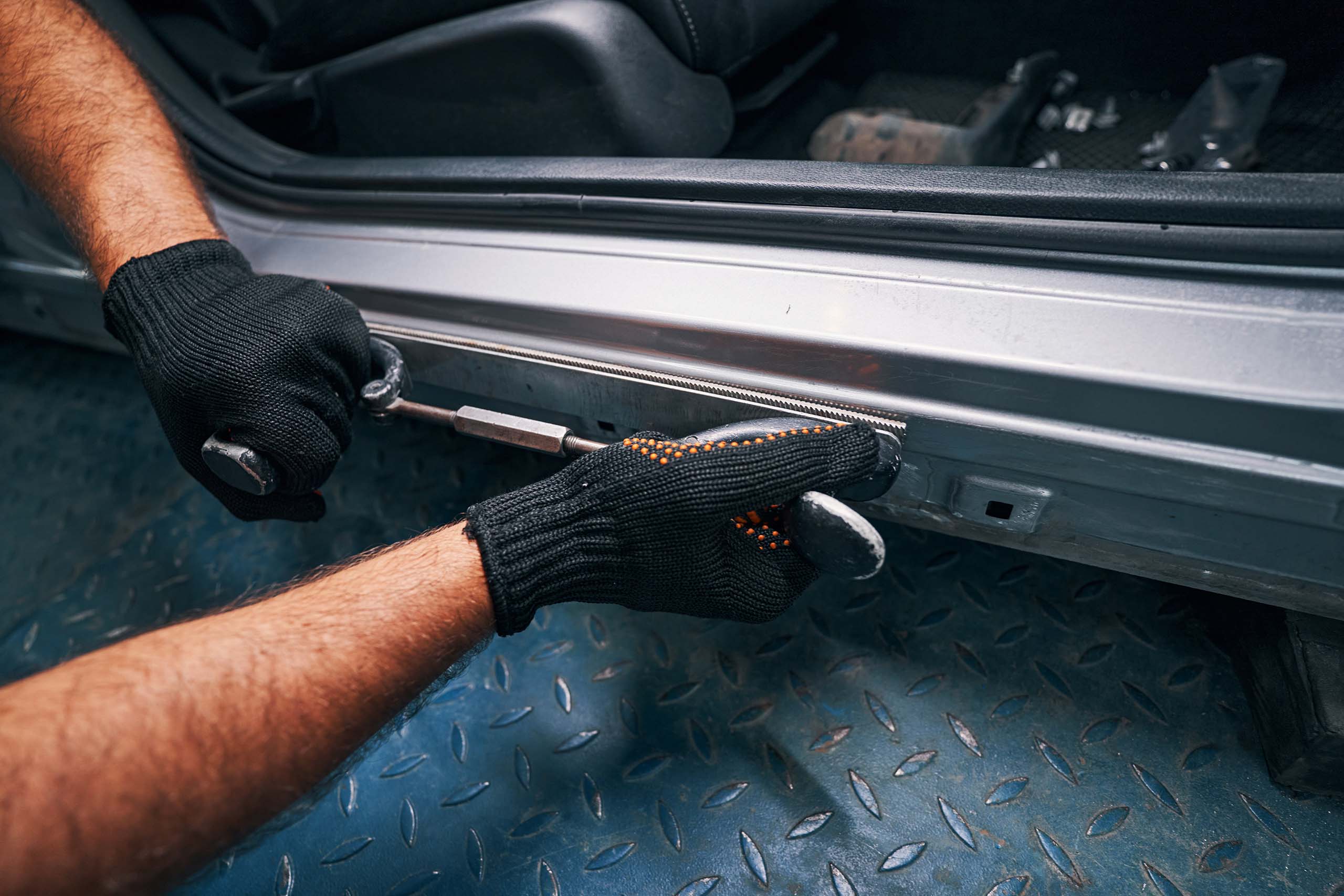
Frame straightening is a precision repair that should only be entrusted to a reputable repair shop.
When the internal structure of your car or truck is compromised in a collision or other impactful event, it’s extremely important that it’s corrected before you drive the vehicle further. While the vehicle may operate still, damage to the frame could impact the overall safety of the car or truck and greatly increase risk of additional accidents and potential injury to the vehicle’s occupants.
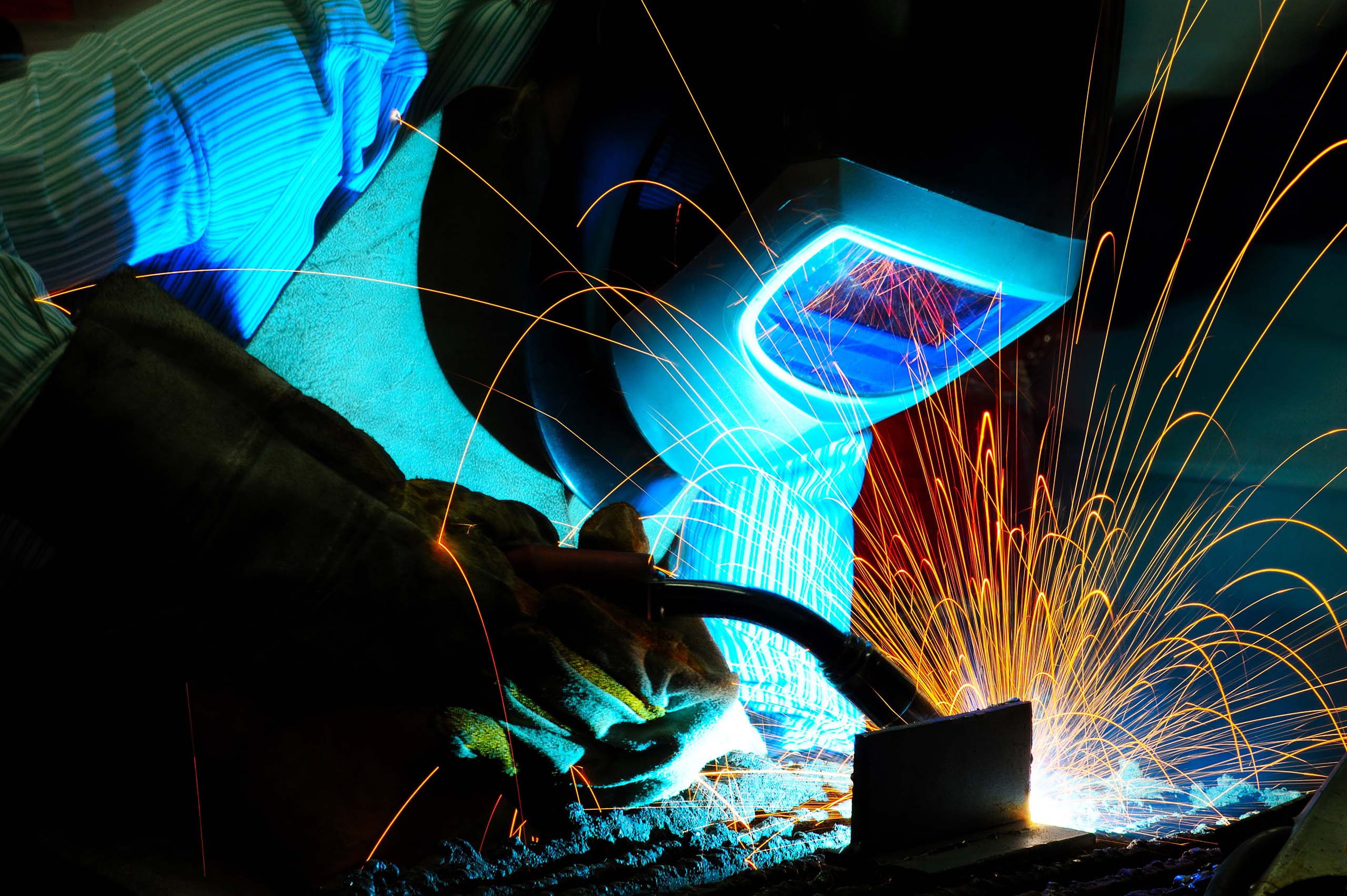
Our top repair staff has decades of welding experience for our Rochester customers.
Metal Inert Gas (MIG) is one of the most common welding methods for auto body repair. This process uses a gas shield and filler material that is fed through a wire dispensed through the machine. The overall process of this type of welding is fast and reliable. As such, MIG welders are some of the most-used machines in the collision repair industry.
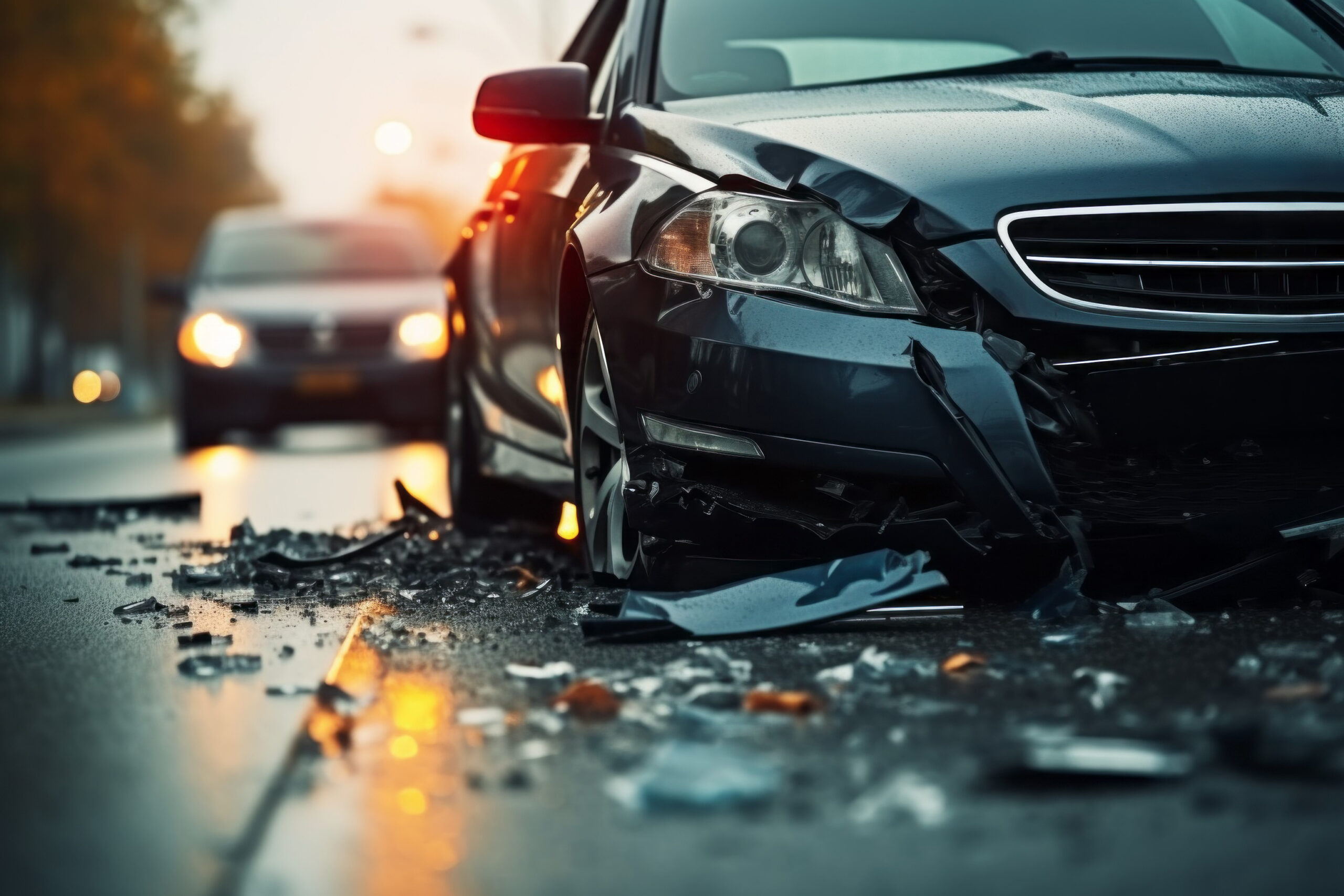
Long Pond Auto Body stands behind every collision repair we complete. Guaranteed.
At Long Pond Auto Body, our expert technicians are trained to correct your car’s damages and dents from accidents or other impacts to ensure you can return to the road as soon as possible with a safe and fully repair vehicle. Our customer testimonials and the quality of our work speaks for itself. As the saying goes, “accidents happen!”
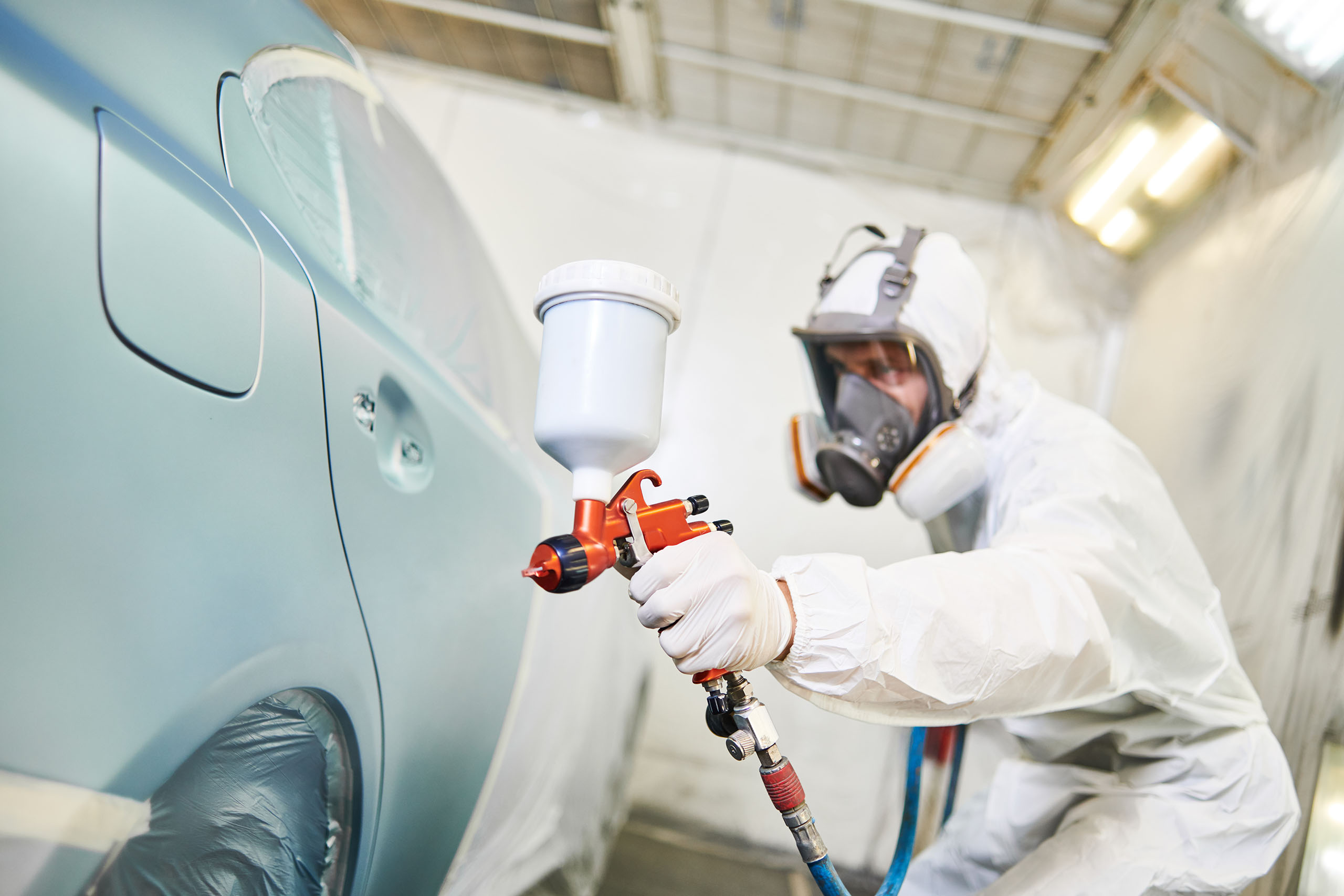
Rochester, NY's trusted auto paint solution for over 40 years!
Long Pond Auto Body is a full-service collision shop specializing in not only accident repair, but full painting services to restore your car to even better than pre-collision condition. Our experienced auto paint technicians have decades of quality work under their belts, and they will treat your vehicle as if it were their own.
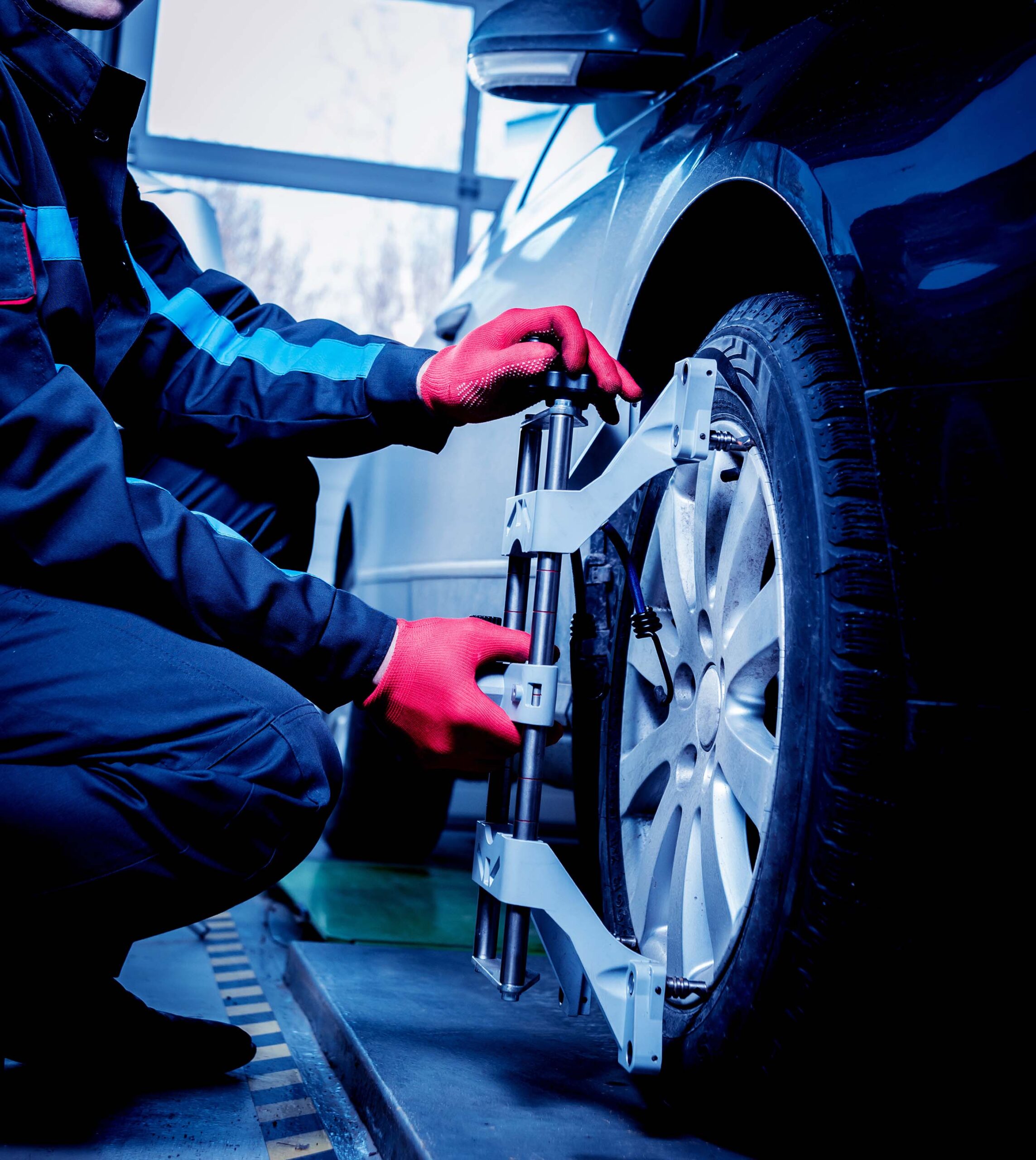
Just as important as boy repair, restoring your vehicle's pre-impact alignment is critical.
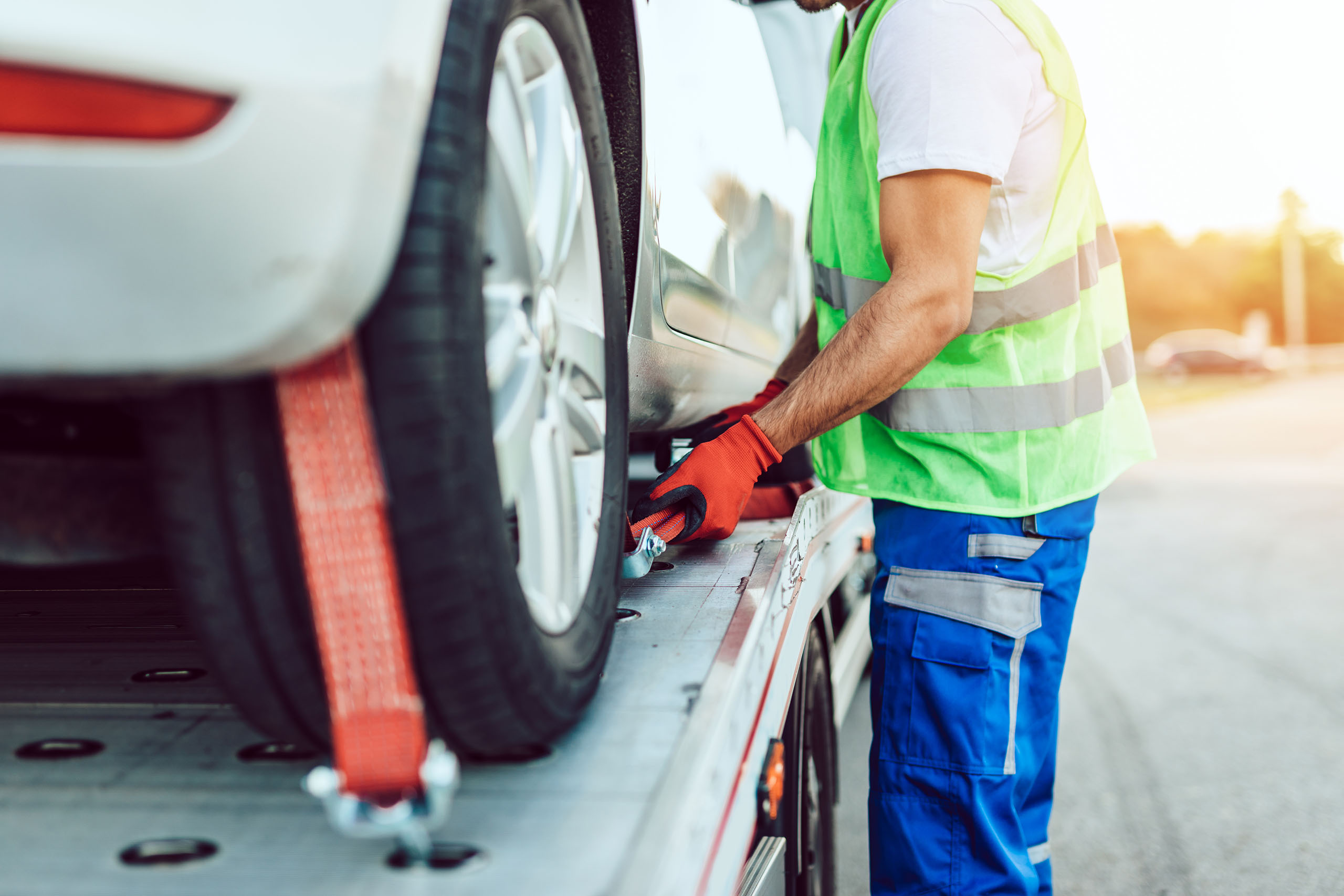
Anytime day or night, call on us to tow your vehicle to our location.
Nobody plans for an auto accident. But when it happens, the best way to get through this life event and get you back on the road so you can resume work and family life is to get the repair process started by having your vehicle towed to our location. Don’t wait on other shops or towing services to open at 9am the next day. We are at your service whenever you need us to ensure you are without a vehicle for the shortest amount of time.
The Long Pond Shuttle Service is a great solution to allow customers to get to and from the shop in style and comfort.
The shuttle service is FREE for Long Pond Auto Body customers and is available during working business hours. Just call Long Pond Auto Body and they will work with you to schedule a pick up time for the shuttle.
Contact Long Pond Auto Body for your auto repair needs and enjoy the complimentary Long Pond Shuttle Service.
Long Pond Auto Body offers convenient car rentals through Enterprise, right on our premises. Our longstanding partnership with Enterprise ensures that you are without a vehicle for the shortest amount of time possible.
We will explain in full detail how your vehicle will be repaired. After contacting your insurance company, call on us and we will take care of you from there. We know how tough it is to understand what our customers are entitled to, so we will help you get through the process of making your insurance claim. After all, we work for you!
As a consumer, the New York State Law protects your rights. So don't let your insurance company tell you that you cannot use certain collision shops just because it is not on their list. It is your right to have your vehicle repaired at the shop of your choice, so go with the most trusted name in Greece NY and the Greater Rochester Area!